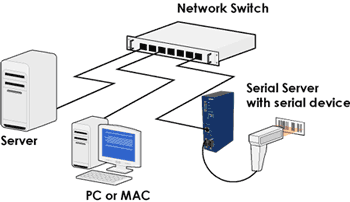

When you are using a dynamic IP address you will need to use DHCP so that it can set up your network interface with the correct IP address. At home you can configure your router to always assign your computer the same IP address in which case you are using a static IP address. In a work environment you may have a static IP address or a dynamic IP address. Dynamic IP addresses can change each time you turn your computer on. Or, if you are at home and your computer is connected to your ISP's modem, for example, a cable modem, that will also be using a dynamic IP address.

The IP address is assigned by the Wi-Fi or router and it is what your computer should be configured to use. If you are using a Wi-FI or a router, for example, at home, you will most likely be using a dynamic IP address. The UP in is what indicates the interface is up, not the later state DOWN. $ ip link show dev enp2s0 2: enp2s0: mtu 1500 qdisc pfifo_fast master br0 state DOWN mode DEFAULT qlen 1000 To check the status of the interface enp2s0: Network interfaces can be enabled or disabled using ip link set interface up|down, see ip-link(8).
#WIRED CLIENT INTERFACE CONFIGURATION DRIVER#
See /Ethernet#Device driver or /Wireless#Device driver.Įnabling and disabling network interfaces If your network interface is not listed, make sure your device driver was loaded successfully. See also /Wireless#Get the name of the interface. Wireless device names can also be retrieved using iw dev. Note that lo is the virtual loopback interface and not used in making network connections. Listing network interfacesīoth wired and wireless interface names can be found via ls /sys/class/net or ip link. Tip: To change interface names, see #Change interface name and #Revert to traditional interface names. Plug in the Ethernet cable or connect to the wireless LAN.
#WIRED CLIENT INTERFACE CONFIGURATION HOW TO#
This article describes how to configure network connections on OSI layer 3 and above.


 0 kommentar(er)
0 kommentar(er)
